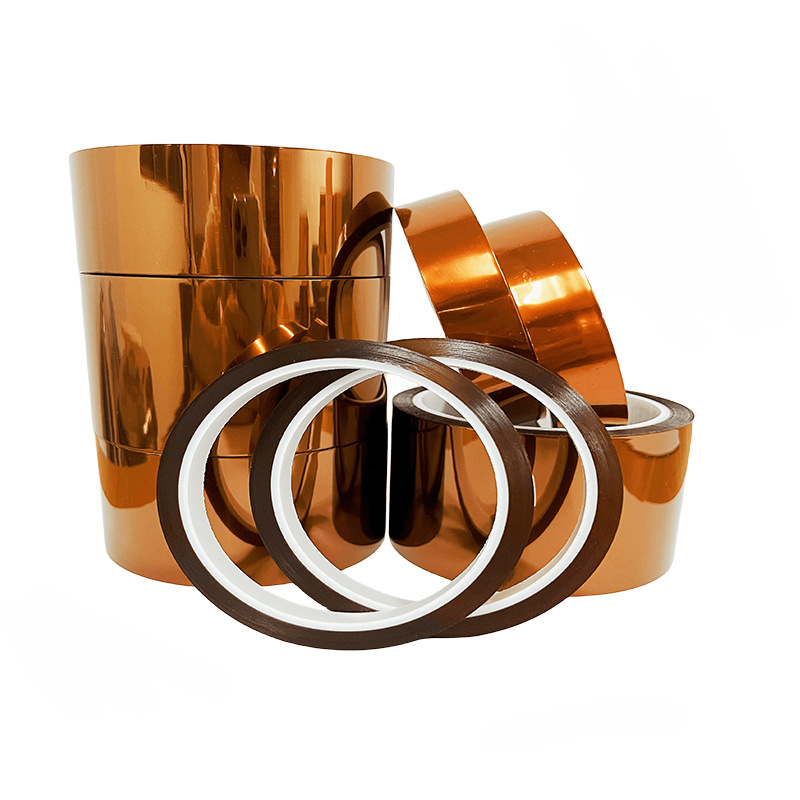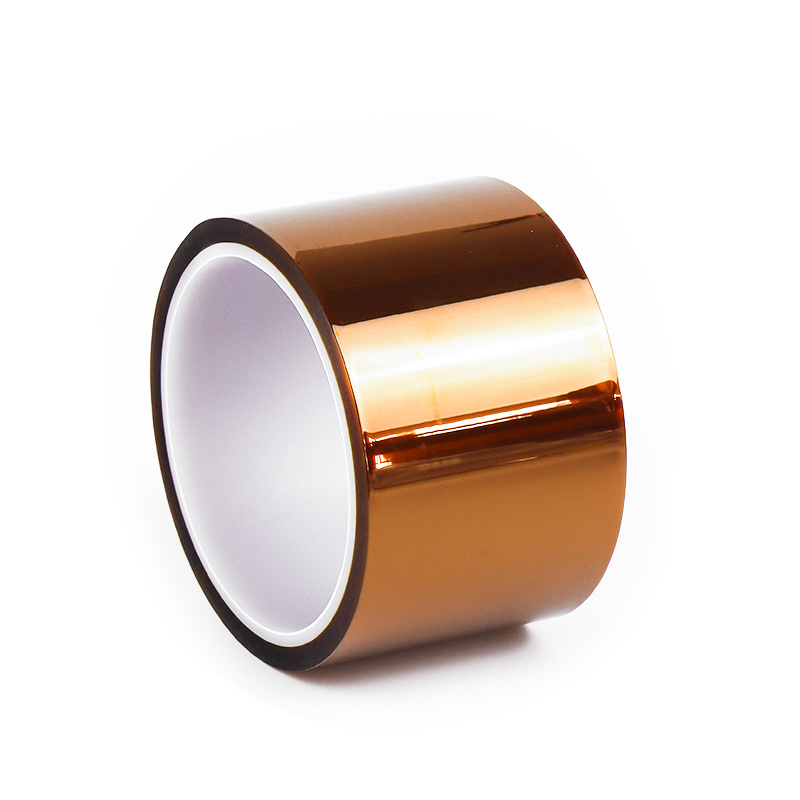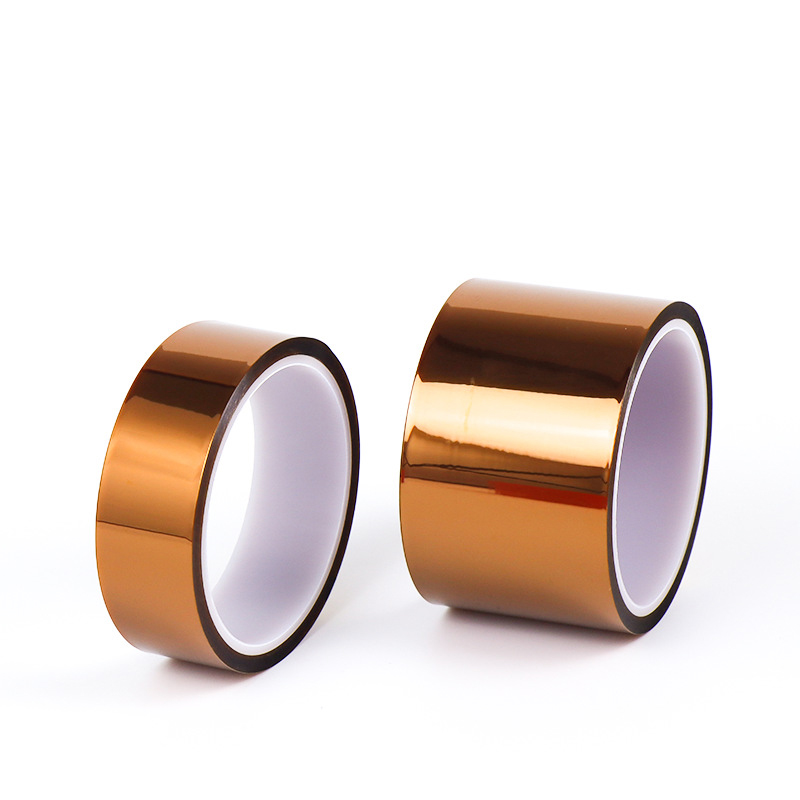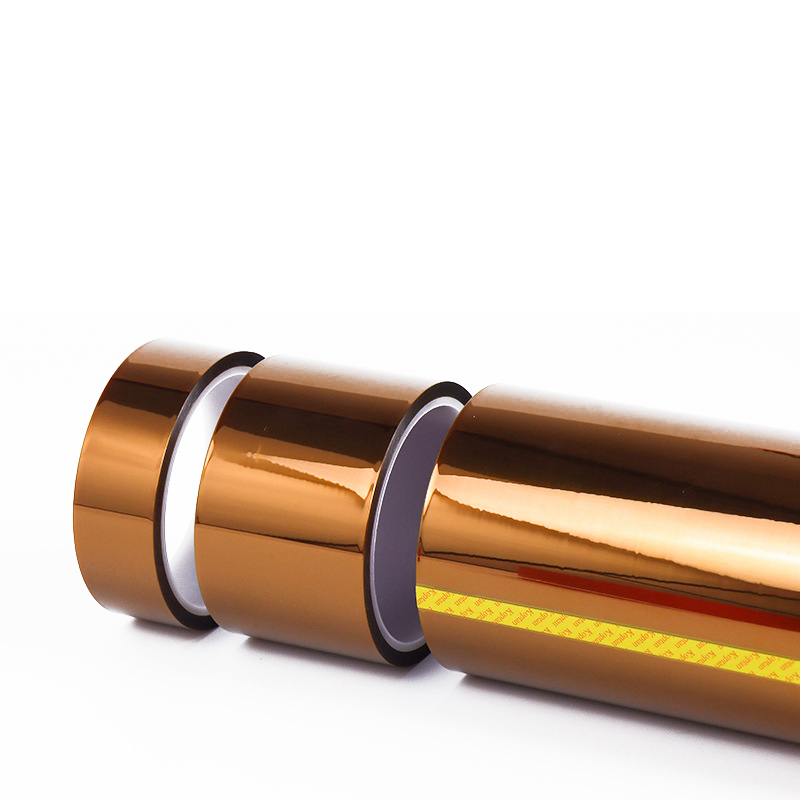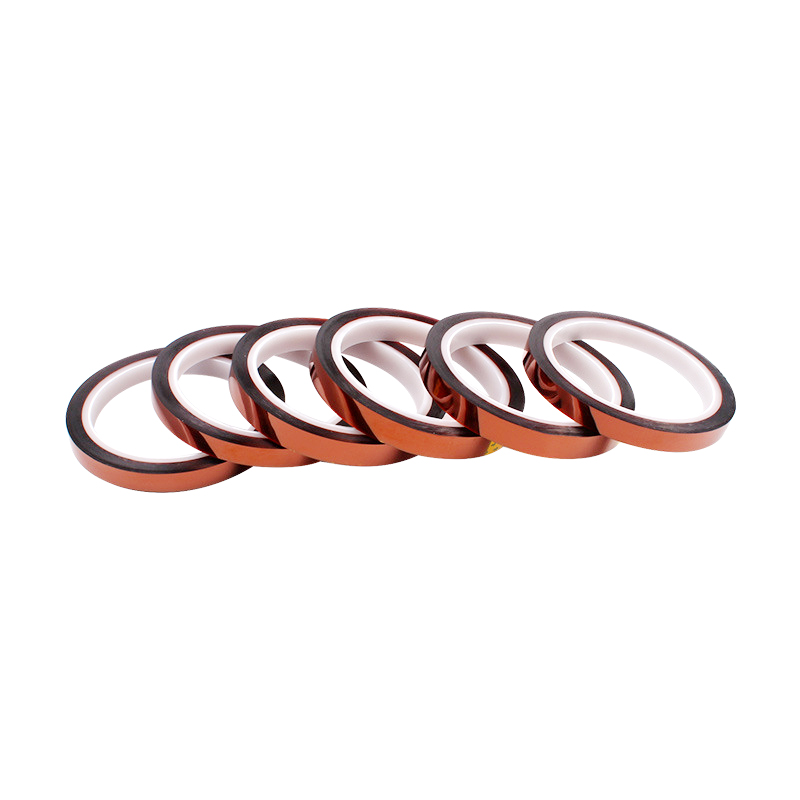High Heat Foil Tape
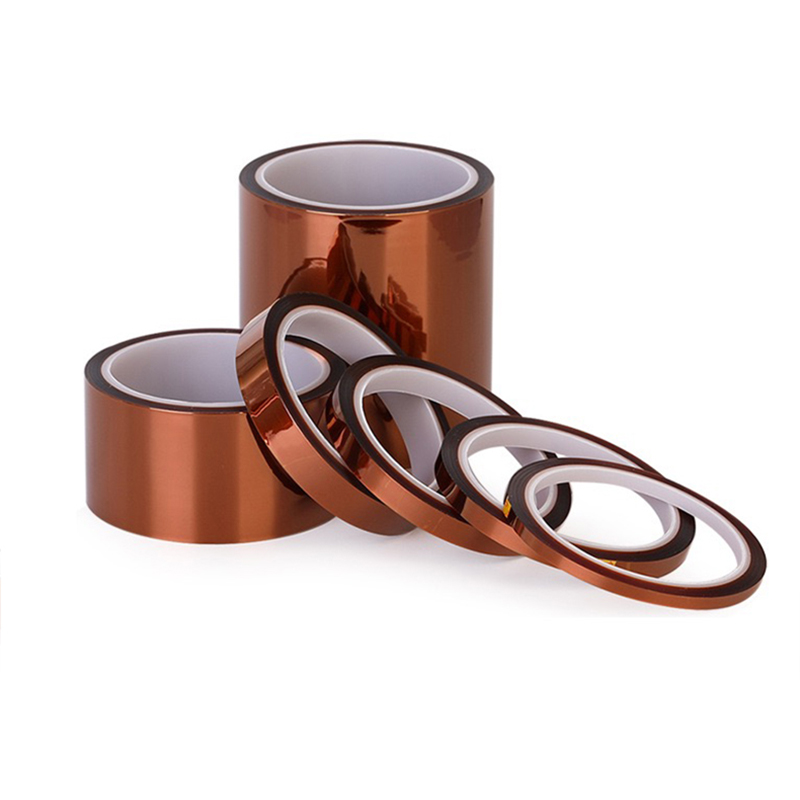
Feature
1. Heat Resistance
High Heat Foil Tape is designed to withstand extreme temperatures, typically up to 200°C (392°F) or higher. This makes it ideal for applications in high-temperature environments such as exhaust systems, heating elements, and industrial ovens.
2. Reflective Properties
The aluminum foil surface reflects heat, providing excellent thermal insulation. This feature helps protect underlying materials from heat damage and reduces heat transfer, making it useful for both heating and cooling applications.
3. Durability
High Heat Foil Tape is resistant to UV exposure, moisture, and weather conditions, making it suitable for both indoor and outdoor use. It maintains its adhesive properties over time, even in harsh environments.
4. Adhesive Strength
The tape features a strong, heat-resistant adhesive that bonds well to a variety of surfaces, including metal, plastic, and composites. It remains adhesive at high temperatures, ensuring a secure seal.
5. Versatility
High Heat Foil Tape is versatile and can be used across multiple industries, including HVAC, automotive, electronics, construction, and manufacturing. It is suitable for tasks such as sealing ducts, insulating components, and providing temporary repairs in high-temperature scenarios.
Application
HVAC SystemsHigh heat foil tape is essential for sealing air ducts and insulating metal pipes in HVAC systems. Its ability to withstand temperature fluctuations makes it ideal for maintaining efficiency in heating and cooling applications.
Automotive Industry
In automotive applications, high heat foil tape is used to insulate and protect wiring, prevent leaks in exhaust systems, and shield components from engine heat. Its heat resistance ensures reliable performance even at high temperatures.
Electronics and Electrical Applications
High heat foil tape is used to prevent electromagnetic interference (EMI) and protect sensitive electronic components from overheating. It is also used for insulating cables and wires to avoid short circuits and equipment malfunctions.
Industrial Insulation
High heat foil tape is used to secure insulation on pipes, tanks, and other metal surfaces in industrial settings. It helps maintain a steady temperature, optimize energy efficiency, and protect materials from heat-related damage.
Construction and Building Maintenance
High heat foil tape is used in construction for sealing windows, joining insulation panels, and reinforcing roofing materials. It offers durability against weather changes, humidity, and sunlight exposure, making it suitable for both indoor and outdoor applications.
FAQ
1. What is High Heat Foil Tape used for?
High Heat Foil Tape is used for applications requiring heat resistance, such as sealing ducts in HVAC systems, insulating electrical components, protecting against heat in automotive exhaust systems, and providing thermal insulation in industrial settings.
2. How does High Heat Foil Tape withstand high temperatures?
High Heat Foil Tape is made from aluminum foil and a heat-resistant adhesive. The aluminum reflects heat, while the adhesive maintains its bond at high temperatures, typically up to 200°C or higher, depending on the product.
3. Can High Heat Foil Tape be used in outdoor applications?
Yes, High Heat Foil Tape is durable against UV exposure, weather, and moisture, making it suitable for outdoor use. It maintains its performance in both hot and cold conditions.
4. Is High Heat Foil Tape easy to apply?
Yes, the tape is easy to handle and apply. It can be cut to size and adheres well to most clean, dry surfaces. For optimal adhesion, ensure the surface is free of dust and oil before application.
5. What industries commonly use High Heat Foil Tape?
High Heat Foil Tape is widely used in HVAC, automotive, electronics, construction, and industrial manufacturing. It is ideal for applications involving heat insulation, EMI shielding, and temporary repairs in high-temperature environments.


